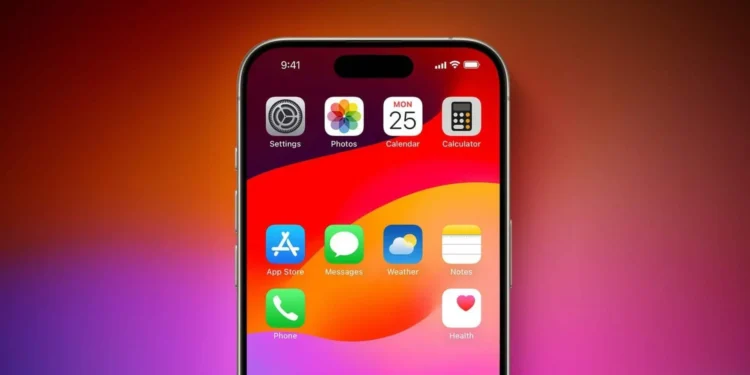Apple’s latest software update, iOS 18.2, has officially landed, bringing with it a slew of enhancements that promise to elevate the user experience. Among the most significant changes is the ability for iPhone users to customize their default applications—a feature that Apple fans have long awaited. This update not only includes a major Mail app redesign and several intelligent features powered by Apple’s latest technology but also introduces a more flexible way to manage how your iPhone behaves with different types of content.

Expanded Options for Default Apps
Previously, iOS offered limited flexibility in setting default applications, allowing changes primarily for email and browser apps as introduced back in iOS 14. However, with iOS 18.2, the scope for customization has been significantly widened. Users can now navigate to a new Default Apps menu within the Settings app, which serves as a centralized hub for all default app settings.
This innovative feature supports customization across eight distinct categories, enhancing the iPhone’s adaptability to user preferences. Here’s what users can expect from each category:
- Email: Set your preferred app for composing new emails.
- Messaging: Choose your go-to app for sending messages.
- Calling: Select your default app for making phone calls.
- Call Filtering: Decide which app handles call filtering and identification.
- Browser App: Determine your preferred browser for opening links and web browsing.
- Passwords & Codes: Select apps for AutoFill and manage verification and QR codes.
- Contactless App: Automatically select an app when using NFC with contactless readers.
- Keyboards: Customize which keyboards appear in your keyboard switcher.

Streamlined Settings for a Personalized Experience
The introduction of this consolidated settings hub aims to simplify the process of customizing how your iPhone interacts with various services and links. “Manage which apps your iPhone will use automatically for sending emails, browsing the web, and more,” explains Apple, highlighting the convenience of having control over the default digital environment. These adjustments are not just about preference but also about enhancing functionality, as choosing different default apps can lead to a more personalized and streamlined user experience. This level of customization was previously scattered across various sections of the iPhone settings, making them less accessible and more cumbersome to manage.

Global Availability and User Adaptation
It’s important to note that the availability of these default app categories may vary based on location, due to Apple’s adherence to different global policies. Users in the United States will have access to all eight categories mentioned, while those in the European Union might see additional options, reflecting the diverse needs of global consumers. For users who haven’t yet explored third-party applications in certain categories, the Default Apps menu will initially display only Apple’s native apps. However, venturing to the App Store and downloading alternative apps will populate this section with new choices, enhancing the device’s versatility.










